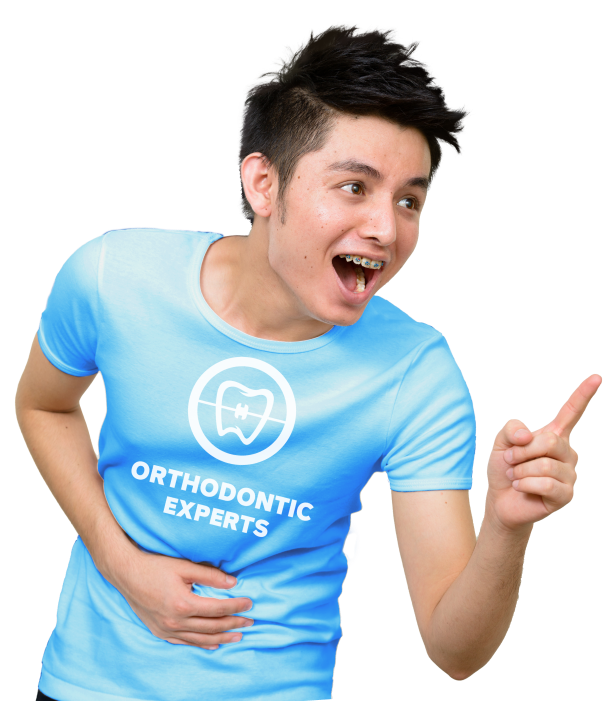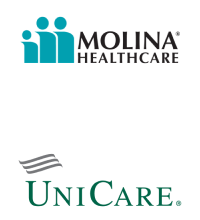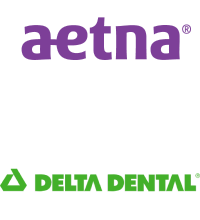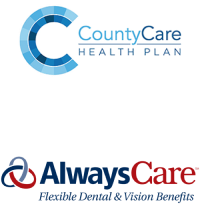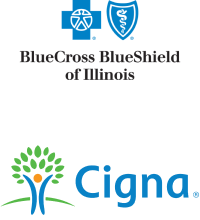Impacted By SmileDirectClub Closing?
Orthodontic Appliances
- Orthodontic Appliances
- Orthodontic Retainers
- Spring Aligner
- Herbst Orthodontic Appliance
- How To Take Care Of The Herbst Appliance?
- Mandibular Anterior Repositioning Appliance (MARA)
- Rapid Palatal Expander (RPE)
- Orthodontic Wax
- Palatal Bar/Nance
- Advanced Orthodontic Appliances
- Lower Lingual Holding Arch (LLHA)
- Clear Aligners
- Temporary Anchorage Device (TAD)
- Parts Of Orthodontic Braces
- Insurances That We Accept
- Book A No-Cost Consultation
Orthodontic Appliances
There are many different orthodontic treatments available and necessary for the different type of orthodontic issues. These treatments require the help of orthodontic appliances. Continue reading to learn the difference in these orthodontic appliances.
Orthodontic Retainers
After the removal of braces, retainers are used to hold your teeth in place while your bone and gum are adapting to the new positions. Wearing your retainer as directed is important to prevent your teeth going back toward where they were at the beginning of the treatment. Retainers may be removable or fixed.
For more information about retainers visit our Orthodontic Retainer page!
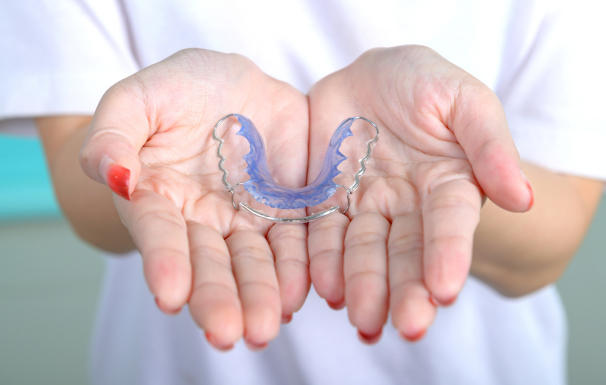
Spring aligner
The Spring Aligner is a removable appliance used for aligning minor irregularity or rotation of incisors. The resilient wire framework and acrylic provide the necessary corrective force to move teeth. Please wear the appliance all the time except eating, brushing, and flossing, unless otherwise directed by your orthodontist.
Herbst Orthodontic Appliance
The Herbst appliance is a fixed orthodontic appliance that helps correcting the bite when the upper teeth/jaw is forward compared to lower teeth/jaw. This orthodontic appliance helps to create a desirable facial change by setting the lower jaw forward. Typically, the appliance is worn for 10-14 months. During the last two months, an underbite may be created for overcorrection in anticipation of some relapse when the appliance is removed.
Initial adjustment period: At first, the lips, cheeks, and teeth may become sore. Placing cotton rolls under the lower bars for the first 3-5 days will help make it more comfortable. If the metal attachments rub against the cheek, wax can be placed in those irritating areas until your mouth adjusts to the appliance. Warm salt water rinses and lidocaine rinses can also help.
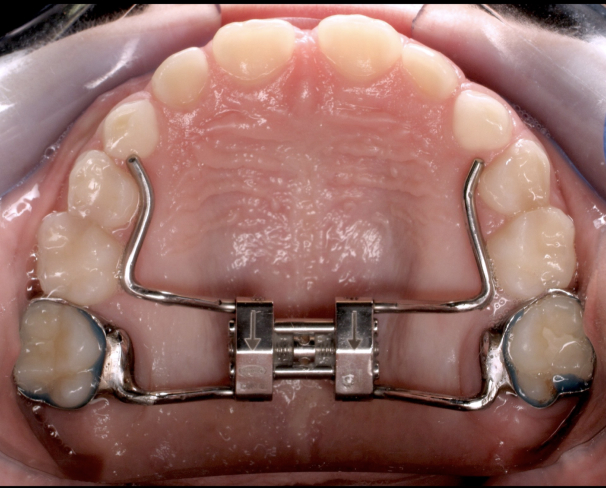
Herbst Appliance:
Over-the-counter pain relievers, such as Tylenol, Advil, and Alieve, will also help to relieve discomfort. During the adjustment period, a softer diet is also recommended. Speech and swallowing can be affected by the appliance. Keep speaking and swallowing, you will get used to having this appliance in your mouth soon.
How to take care of the Herbst appliance?
Please avoid hard, sweet, and sticky food. Brush your teeth, gums, and the appliance carefully and often. If the rods disengages by opening the mouth too wide, the rods can be reinserted into the sheaths with your mouth wide open, as we have demonstrated to you. We understand the difficulty you might have adjusting to the Herbst orthodontic appliance. Please be patient during the adjustment period. Once you have become accustomed to the appliance, we feel that you will be very pleased with the results. If you have any questions, please do not hesitate to call.
Forsus is one of the orthodontic appliances that is prescribed by the orthodontist to improve the relationship of upper and lower teeth/jaws in patients who have class II bite problems (upper teeth are too far forward than lower teeth). Forsus appliance is used in conjunction with braces for 6-8 months. The appliance consists of a spring attached to the upper molars and a rod connected to the lower braces. Although this orthodontic appliance keeps the lower jaw forward, the mouth can still open and close easily. Therefore, patients learn how to chew their food with their lower jaws in this new position without difficulty. However, patients need to be careful not to open their mouths extremely wide because the spring and the rod may come apart.
We will show you how to put them back together on the day we put in the Forsus appliance. If you are unable to put them back together or other parts of the appliance are loose, please call the office. Some people may have difficulty speaking clearly with the Forsus appliance in place at first.
However, the speech adjustment period is very short and their speech quickly returns to normal. Patients with Forsus appliance should avoid hard and sticky foods. You should try to cut food into smaller pieces and avoid opening too wide when you eat. We encourage you to brush gently but thoroughly after each meal. Every orthodontic appliance takes some time to get used to. Generally, the discomfort resolves within a few days. If the discomfort persists or a sore develops in the mouth, please call the office.
Mandibular Anterior Repositioning Appliance (MARA)
MARA is an acronym for Mandibular Anterior Repositioning Appliance. This orthodontic appliance is used to encourage the growth of the lower jaw to correct the class II bite problem where the upper jaw is far forward compared to the lower jaw. This appliance is attached to the upper and lower molars and can be used in conjunction with braces. Patients adapt to the MARA appliance in a few days and sore spots are minimal. Some people may have difficulty speaking clearly with the MARA appliance in place at first. However, the speech adjustment period is very short, and their speech quickly returns to normal. Patients with MARA appliances should avoid hard and sticky foods. You should try to cut food into smaller pieces and avoid opening your mouth too wide when you eat. We encourage you to brush gently but thoroughly after each meal. Every orthodontic appliance takes some time to get used to. Generally, the discomfort resolves within a few days. If a sore develops in the mouth or any part of the appliance comes loose, please call the office.
Rapid Palatal Expander (RPE)
Palatal expanders are prescribed by your orthodontist to correct the problems of the palate, or upper jaw, being too small compared to the lower jaw. Often, this problem is presented as crossbite. There are different types of palatal expanders that are used in the office to meet patients’ individual needs.
Removable expanders have a palatal acrylic component with an embedded expander screw. It is usually used in younger children. Expanders should be worn all the time except eating, brushing, and flossing. It is important to brush the expander with a toothbrush to keep it clean. Also, always keep the expander in its case when it is removed from the mouth. Fixed expanders are a type of orthodontic appliance that are cemented on teeth. The more common fixed expanders used in our orthodontic office are Quad-helix and Hyrax.
Quad-helix is adjusted by the orthodontist to achieve the expansion of the palate. The screw on Hyrax needs to be turned at home according to the orthodontist’s direction. Please avoid eating hard, sticky foods and it is also helpful to cut food into smaller pieces. Always remember to brush the appliance while brushing teeth. Patients with expanders may experience some speech difficulty initially. We encourage patients to read out loud to practice pronunciation and help speed up the speech adaptation process. Some people’s saliva may be over-stimulated when the appliance is first placed. This will resolve over time as the mouth adapts to the orthodontic appliance. Spaces between the upper front teeth may develop as the palate expands. This is a good indication that the palatal expander is working properly. Teeth adjacent to the spaces will drift to close the spaces with time. If your expander comes loose or broken, please call our orthodontic office for an appointment. Also please remember to bring in the parts of the expander that came out of your mouth.
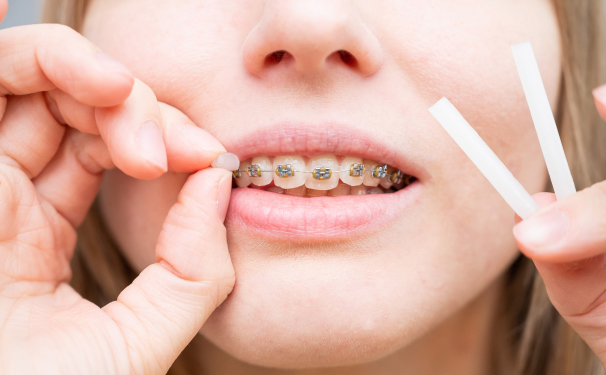
Orthodontic Wax
Wax may be placed over any part of the braces that irritates the cheeks and lips. Please try to dry off the area before applying the wax. If wax does not stay on, consider trying some moldable silicone ear plugs available at any drug store. The silicone can be used in place of wax and is much more resilient. Please remove wax and silicone before eating and/or drinking.
Palatal Bar/Nance
The purpose of the palatal bar is to enable us to have better control of your upper molars. The bar consists of two bands (metal rings) that are cemented on the upper molars, one on each side, and a small wire with a loop near the roof of the mouth, which connects to the band. Two elastics or small wires are used to secure the bar in place. For Nance appliance, there is a piece of acrylic resting on the palate. You may experience pressure during the first few days; the pressure will gradually subside. Tylenol may be necessary the first day or night to help relieve any tenderness. In addition, brushing with toothpaste for sensitivity will also decrease orthodontic tenderness. Sometimes, the tongue will acquire an imprint of the bar which may at first get sore. Rinsing with mouthwash, like mint Listerine, or a teaspoon of salt in a glass of warm water, once or twice a day, especially before bedtime will help to make the tenderness go away. Orthodontic wax may also be used to fill in where the bar and bands meet to temporarily prevent rubbing until the tissues become accustomed to the bar. Take your time when eating your meal and chew smaller pieces of food until you get used to the bar. You may also want to eat softer foods initially while your teeth are tender. It is very important to keep your appliance clean. Food and tartar can build up on the edges, so we recommend a quick rinse or scrub after meals and brush the appliance thoroughly with your toothbrush and toothpaste at least once a day. Your orthodontic appliance will usually alter speech when you first get it. Please practice your pronunciation by reading out loud. This speeds up the speech adaptation process. If the bar ever seems to be loose, an elastic or metal tie falls off, or sores do not get better within one week, please call us, so that we can schedule an appointment to check the appliance and see how we can make it more comfortable for you. The length of time the bar stays in your mouth depends on your bite. Therefore, the time may vary with each person, and can range from 6 months to 2 years.
Advanced Orthodontic Appliances
Headgear and Facemask
Headgear is one of the orthodontic appliances that is used in cases where the upper teeth or jaw are too far forward. Facemask is the other type of orthodontic appliance that is used in cases where the upper teeth or jaw are too far back comparing to the lower teeth or jaw. The following is a guide for you to achieve the best result with the appliance. The headgear and facemask are to be worn 12-14 hours a day or as otherwise instructed. You must wear the headgear or facemask every day and all night. If you leave it off for just one night, you may have to wear it many extra nights and extend your treatment time unnecessarily. Please do not wear your headgear or facemask during rough play, sports, or at school. This could result in injury to you. Wear the headgear or facemask only during quiet times. You may experience some discomfort during the first few nights.
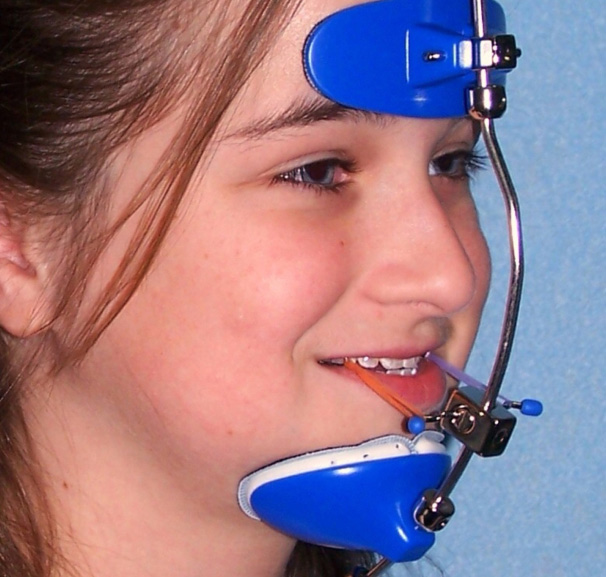
The molar teeth may become tender and even a little loose. Take a Tylenol or an aspirin as you would for a routine headache to help relieve the discomfort. Please do not skip nights. If you skip nights, your teeth may still be sore the next time that you wear the headgear or facemask. If you wear the headgear or facemask continually for three to six nights, the soreness should go away and should not return. Handle the headgear carefully, especially when removing or inserting the inner bow. Never try to pull the headgear off without first unhooking the elastic strap which is attached to the outer bow. Protect the headgear or facemask when not in use by keeping it in the plastic bag. If the headgear or facemask is lost or distorted, call us immediately. There will be an additional charge for replacing the appliance if it is lost or damaged. If a band which is cemented to a tooth becomes loose, call our orthodontic office. Bring the band and all other material with you for the appointment. Please bring all parts of your headgear to the office on each visit.
Lower lingual holding arch (LLHA)
The lower lingual holding arch (LLHA) is a holding device to prevent the permanent molars from drifting forward and to allow crowded teeth to be better aligned. LLHA consists of two lower molar bands with a wire connecting them. This appliance is cemented and usually remains in place until permanent teeth have erupted unless it is also needed as an anchorage device for moving teeth. The patient may experience slight discomfort when the appliance is first placed. Take Tylenol or an aspirin as you would for a routine headache to help relieve the discomfort, which should resolve within a week.
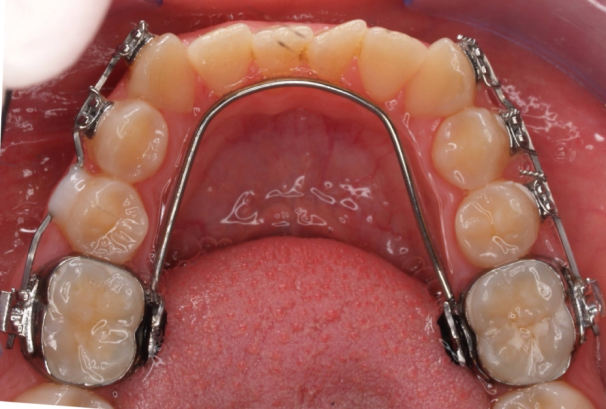
Wax can also be placed on the bands until the cheeks get used to the new appliance. Rinse with warm salt water rinses for sores. Please avoid hard or sticky foods. Brush the appliance with a toothbrush while brushing teeth.
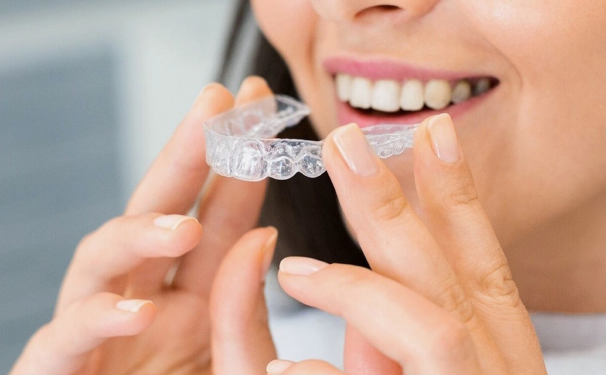
Clear Aligners
Clear Aligners are a system of custom-made removable, plastic aligners. These aligners should be worn full time except eating, drinking, brushing, and flossing. Every week, patients change into the next set of aligners in the series. With changing through the series of trays, teeth are moved into new positions. Patients usually see the orthodontist about once every 6 weeks to make sure the treatment is progressing as planned.
Temporary Anchorage Device (TAD)
Temporary anchorage devices, or TADs, are a type of orthodontic appliance that have miniature titanium anchors that are temporarily fixed to the bone to help achieve difficult tooth movements. TADs may be used as an alternative to headgear, surgical correction, or implants. The area around where the TAD will be placed will be numbed first. Once it is numb, your orthodontist will place the TAD gently but firmly into the jawbone. You might feel slight pressure during the placement. If the sensation of the pressure bothers you, Tylenol is recommended. Within a couple days, you will not feel the pressure from the TAD anymore. If the discomfort persists days after the TAD placement, please call the office. Removal of TAD is an easy and comfortable procedure that only takes a few minutes. TADs can be cleaned the same way as you brush your teeth. Please do not play with TAD as it can get loose as a result. Pendulum and Distal Jet Pendulum and distal jet are appliances used to correct the problems of the front teeth being too far forward. They use the roof of the mouth as anchorage to move the molars back to create room for the front teeth to be moved back. Parts of braces Band is a thin ring of metal which is fitted and cemented on a tooth. The band, with orthodontic attachments welded or soldered to it, provides a way to secure the attachments onto a tooth.
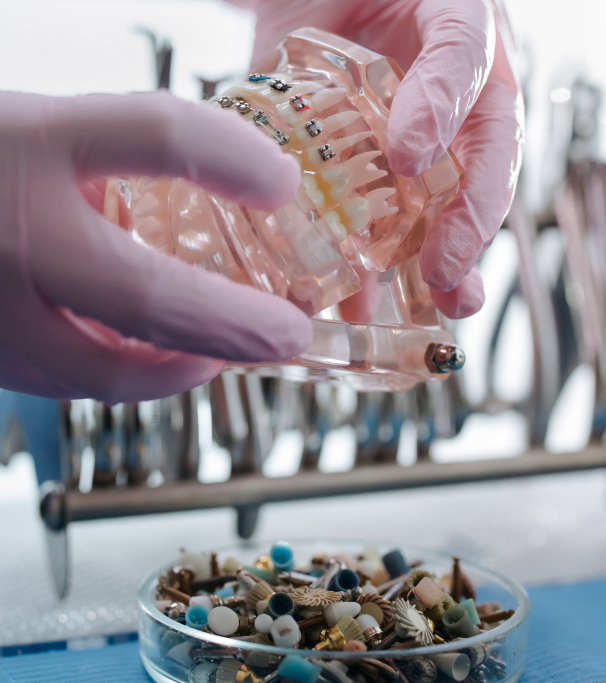
Parts of Orthodontic Braces
Bracket:
The bracket is a small metal or ceramic attachment used to hold the archwire against a tooth. Brackets may be attached directly to teeth or bands.
Archwire:
Archwire is main wire that fits into the bracket slot. It acts as a track to guide teeth into proper positions.
Elastic ties or O-ties:
Elastic ties or O-ties are the tiny rubber bands that tie the archwire into the brackets. They provide the colorful appearance of the braces.
Wire tie:
A wire tie is a small diameter wire that is twisted around the bracket to hold the archwire.
Elastic (rubber band):
Small rubber band hooked on different points of the appliances to provide forces to move teeth.
Hooks:
Hooks are small attachments on the brackets or archwires used to attach elastics (rubber bands).
Coil Spring:
The coil spring fits between brackets/bands and over the archwire to open space between teeth or to hold the existing space.
Separators (spacers):
Separators are tiny rubber bands that are placed in between teeth to create some spaces for band placement.
This information contained on this website is for the purposes of learning more about the different treatment options.
